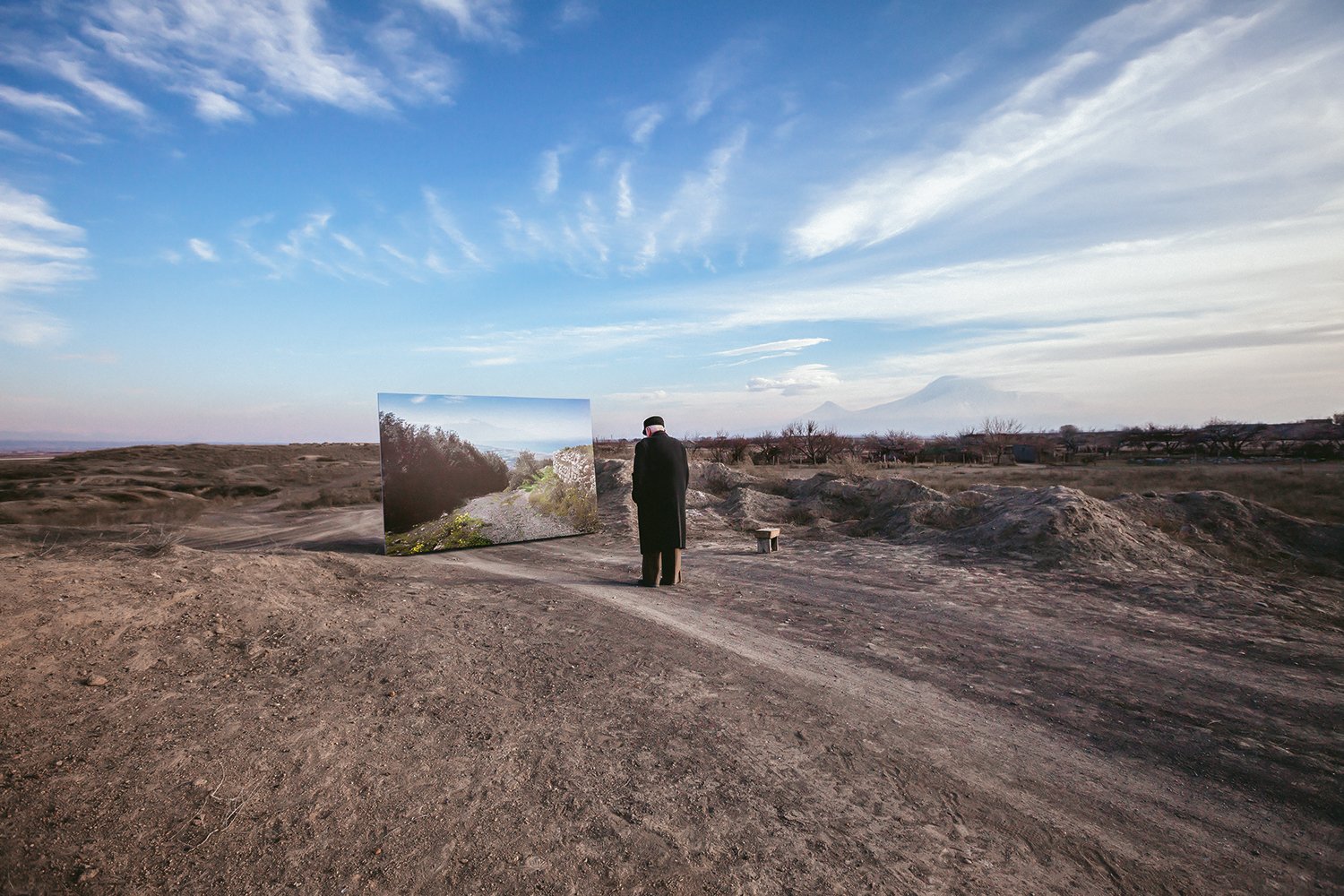
1915
Holding a cane in his right hand, Movses Haneshyan, 105, slowly approaches a life-size landscape.
He pauses, looks at the image, and begins to sing:
“My home... My Armenia.”
It’s the first time Movses is seeing his home in 98 years.
A century ago, the Ottomans initiated a policy of deportations, mass murder and rape to destroy the Armenian presence in the Ottoman Empire. By the war’s end, more than a million people, from what is now modern-day Turkey, were eliminated.
It was one of the first genocides of the 20th century, one that Turkish authorities deny to this day.
Movses and his father survived.
I traveled to Armenia to meet Movses and other survivors to ask them about their last memories of their early home. I then retraced their steps in Turkey to retrieve a piece of their lost homeland.
One hundred years after having fled his birthplace, Movses caresses its image, as if by holding it close he will be taken back to the place he called home many years ago.
This is his story, and those of other survivors.
A story of home — everything they had, everything they lost.
And what they have found again.
2015


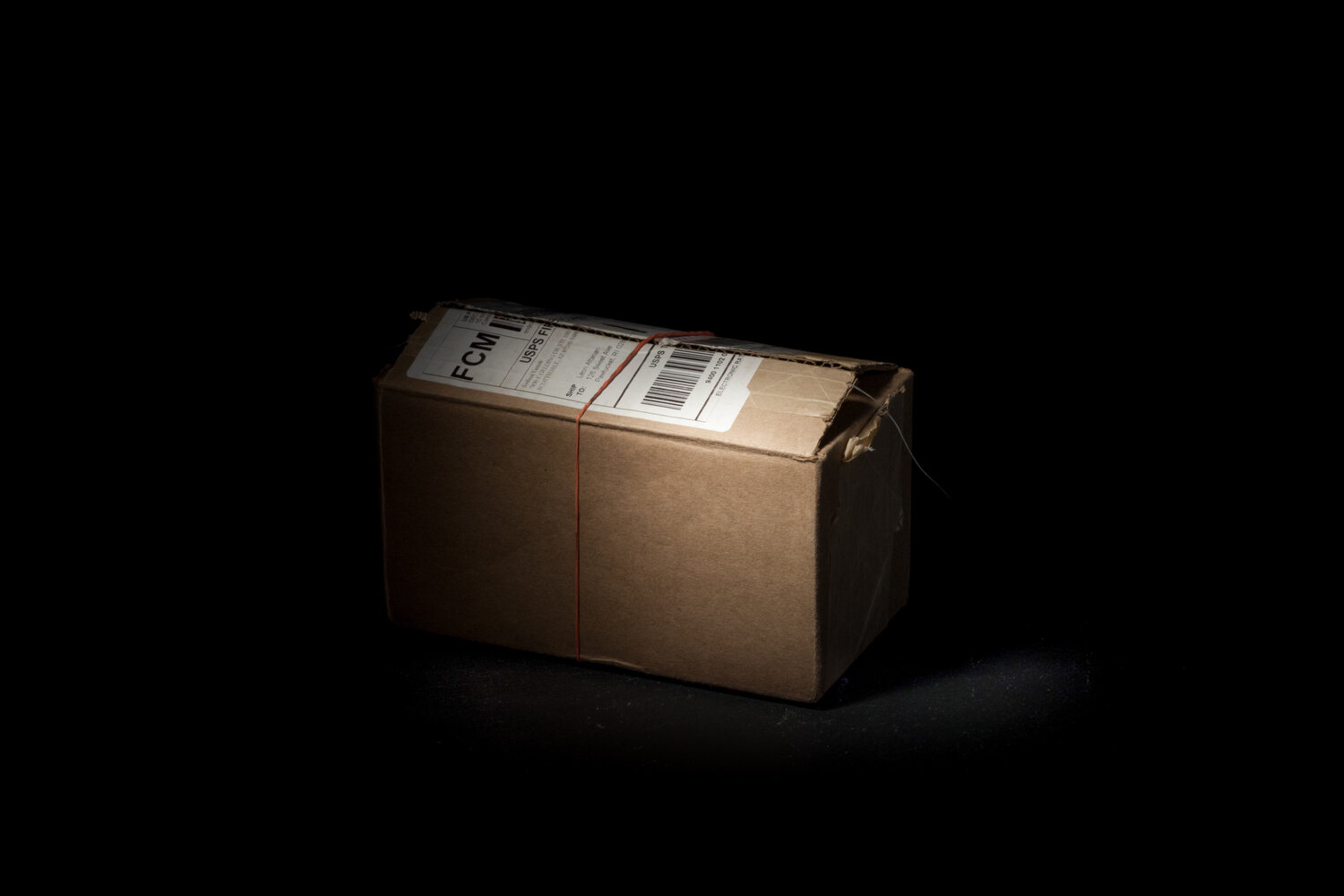
Yepraksia Gevorgyan, now 108, escaped by crossing the river to what is now present-day Armenia. She watched the Ottomans kill the Armenians, throwing the bodies into the river. “I remember the water,” recalls Yepraksia upon seeing the life size image of the river. “It was red, full of blood.”




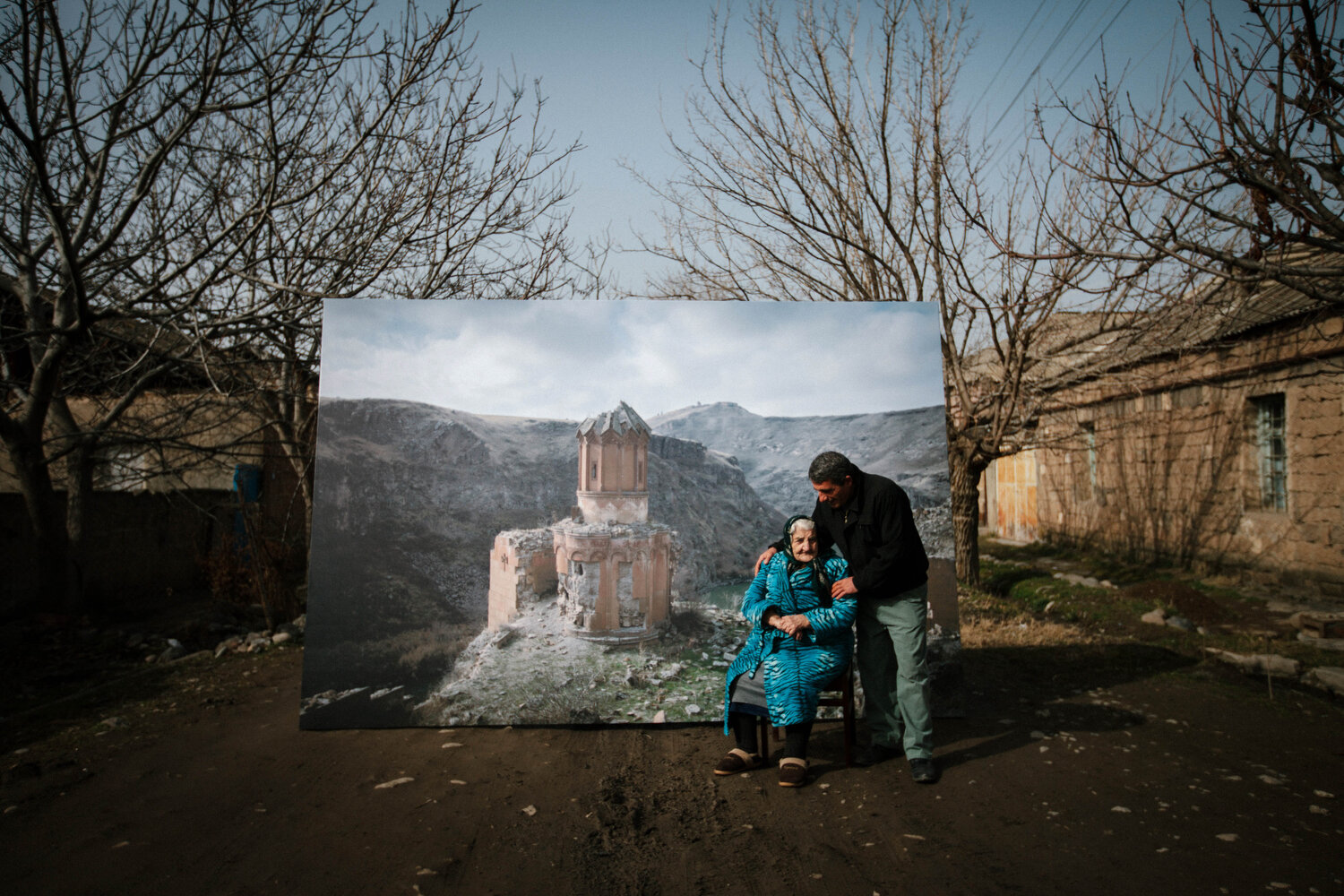
Movses Haneshyan, 105, remembers when soldiers entered his village, “I was with my father, holding his hand. Half the road was covered with dead people,” he recalled.
When I told him, I would be traveling to his homeland, he gave me a hand-drawn map. He described: the sea, the tree with the fruit he remembered eating and the church he remembered visiting.
“When the Turkish authorities gave the orders for these deportations, they were merely giving the death warrant. To a whole race; they understood this well, and these conversations with me, they made no particular attempt to conceal the fact.”
-Henry Morgenthau, US Ambassador to the Ottoman Empire

“I was with my father, holding his hand. Half the road was covered with dead people,” Movses recalled.
Mariam Sahakyan, 101, was born in Sason, Turkey,
which became a major site of massacre in 1915.
She escaped to Syria with her mother and older brother,
whom they dressed as a girl for safety.
The town, once populated predominately by Armenians, is
now inhabited by a handful of hidden Armenians.

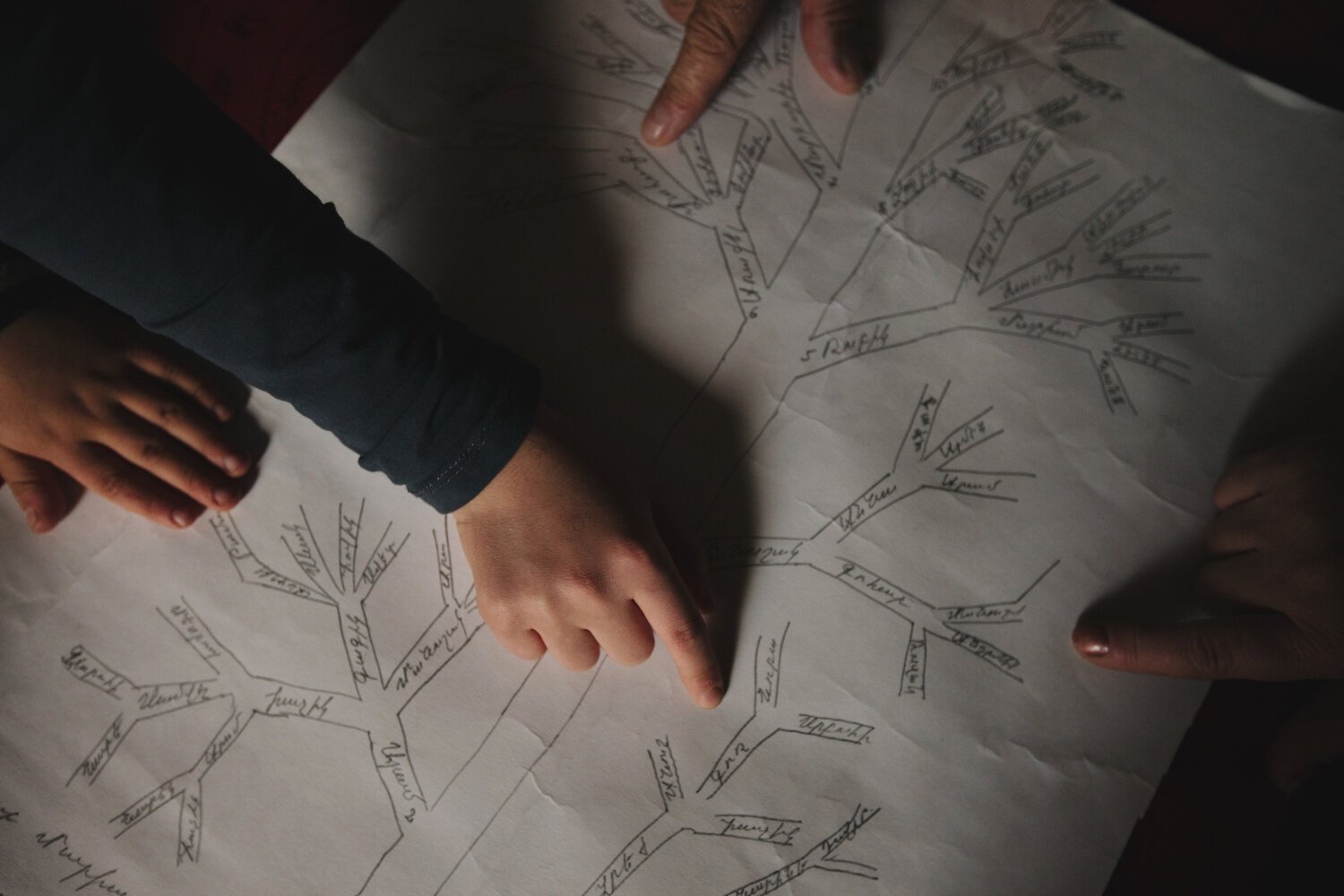
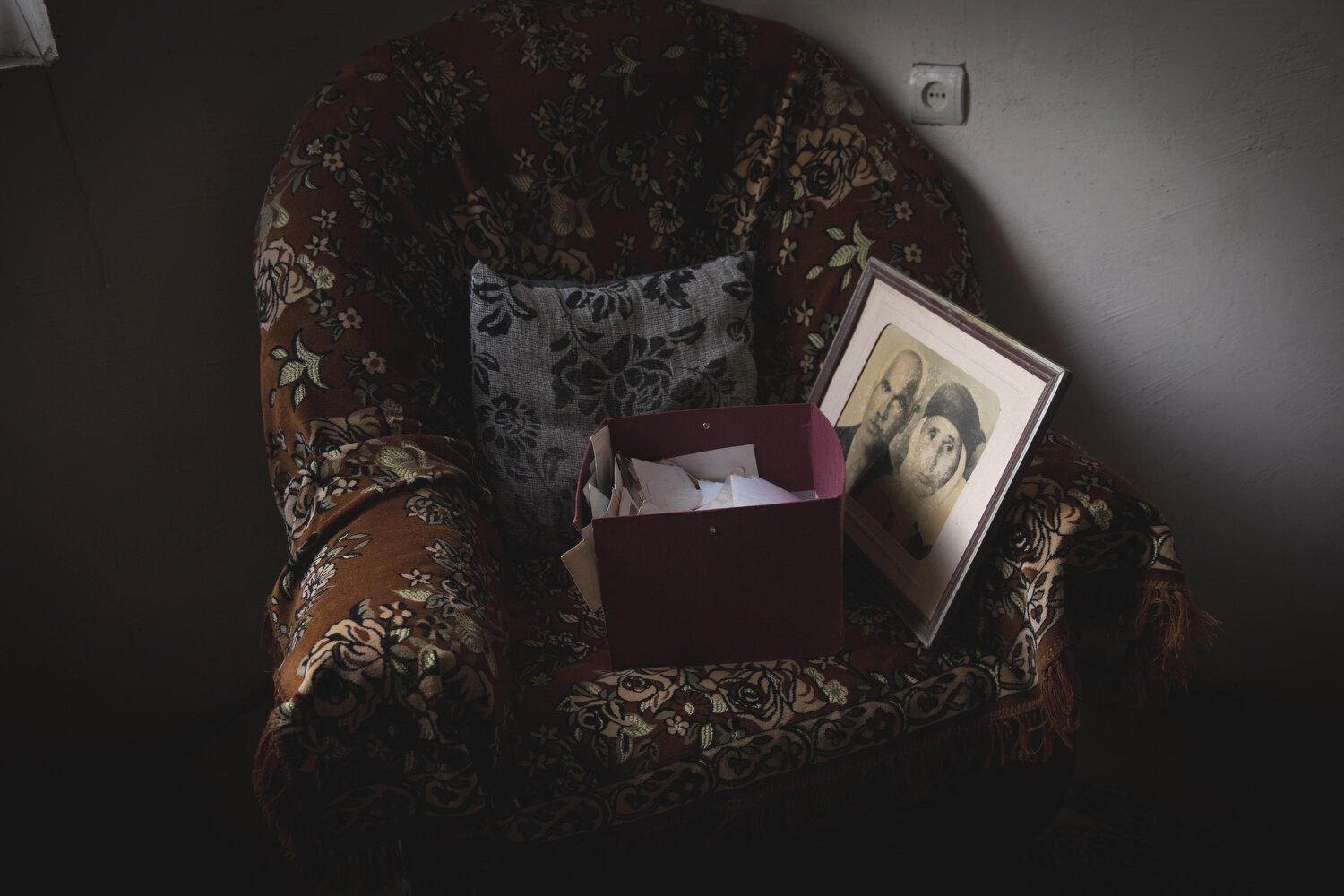
Mariam sits in front of a panel of an unpaved street in her hometown. She recalls hiding in the grass and walking at night for three days to flee the soldiers.
“All of them in rags and many of them naked... emaciated, sick, diseased, filthy, covered with dirt and vermin, driven along for many weeks like herds of cattle with very little to eat.”
- Leslie A Davis, Constantinople, 1915
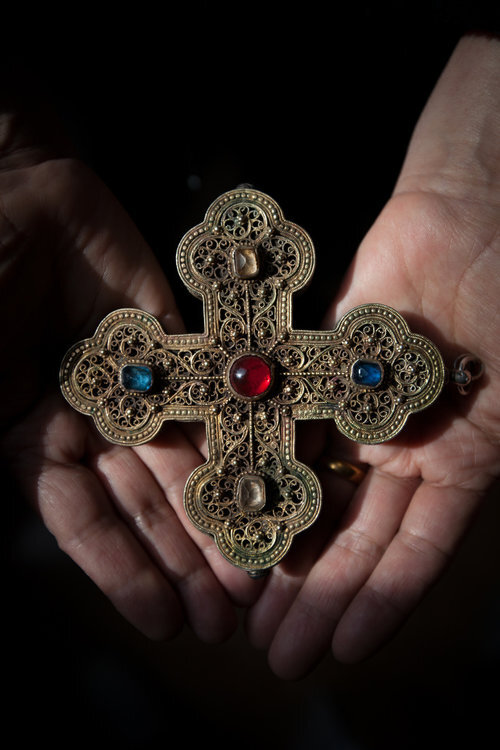
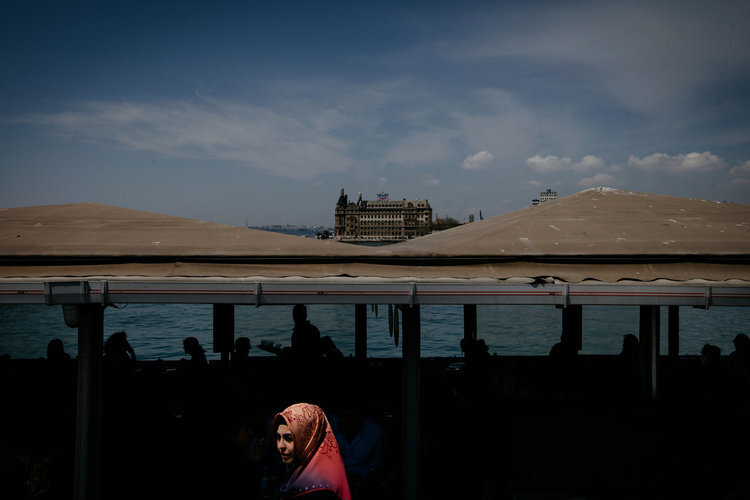
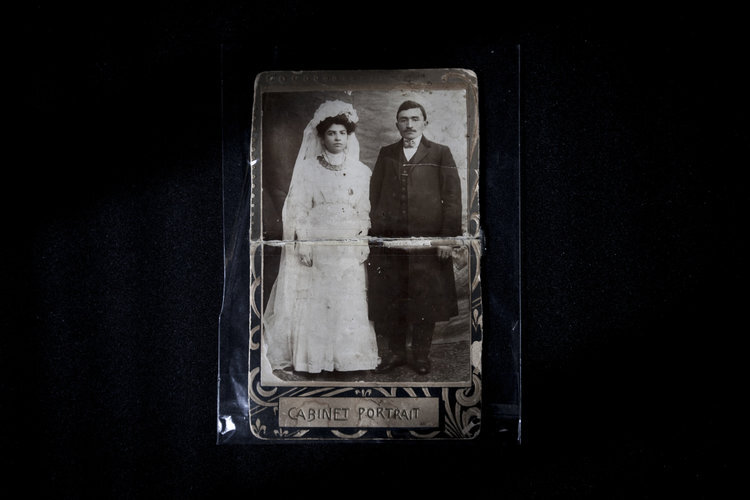
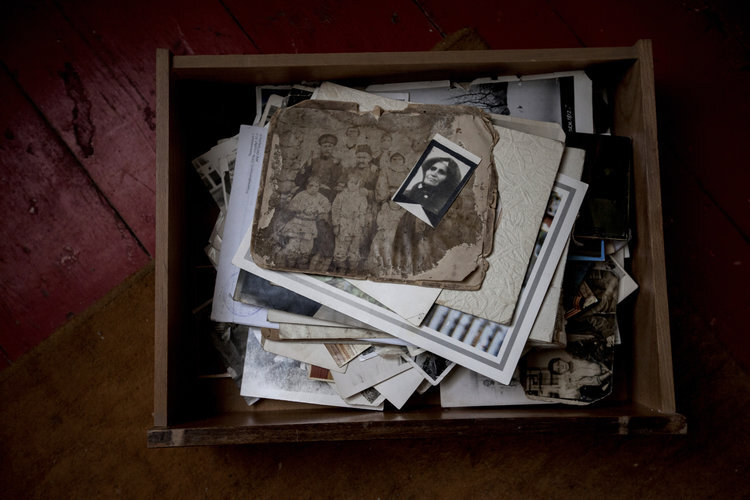

When I told them I was going to visit their former homes in Turkey, each of the survivors asked me to fulfill a wish.
Movses, from Musa Dagh, wanted me to find his church and leave his image at what is now a pile of ruins. Yepraksia, from Kars, asked me to find her older brother whom she was separated from after the genocide. Mariam, from Sason, requested a handful of Turkish soil for her to be buried in.
I never found Yepraksia’s brother, but I returned with a story for Movses and container of dirt for Mariam. When she opened it, she touched the land, and thanked me.
“You’ve brought the smell of my village to me.”






